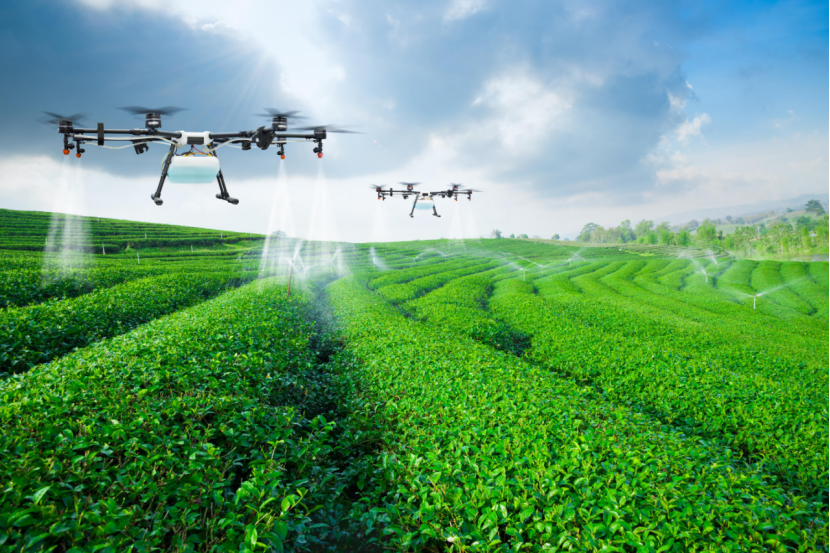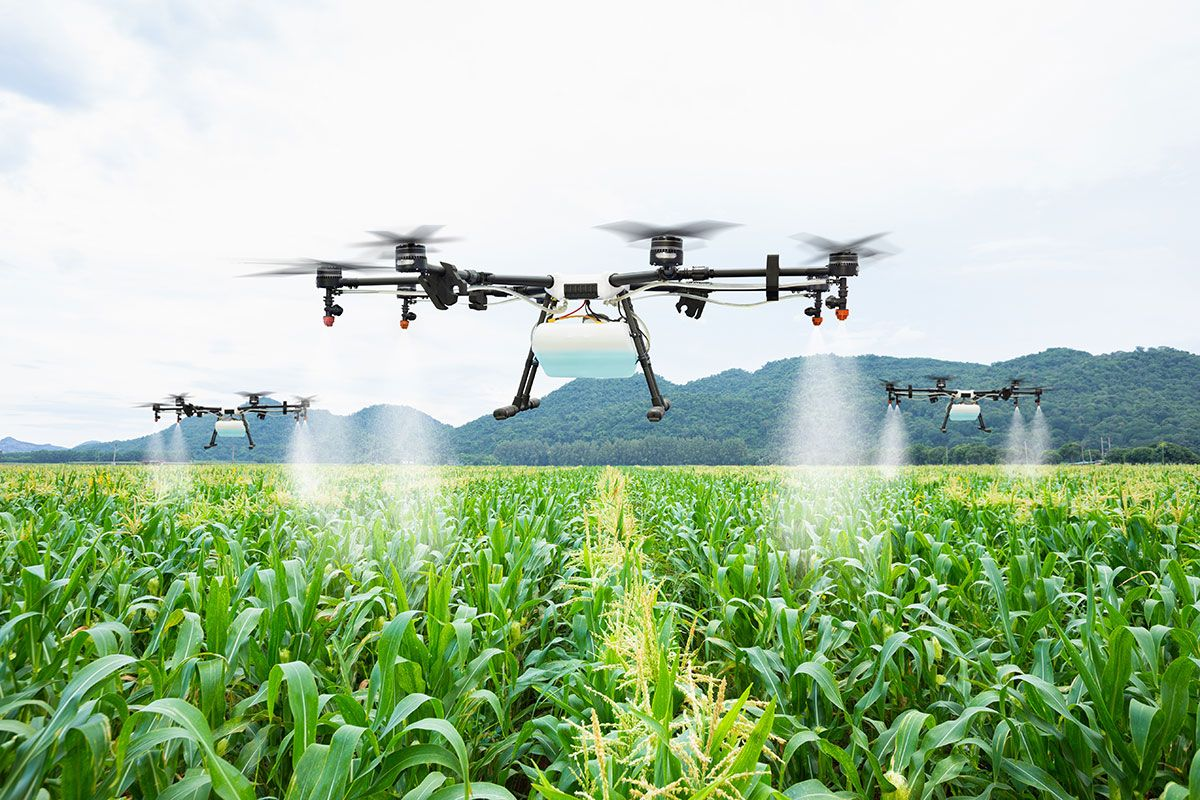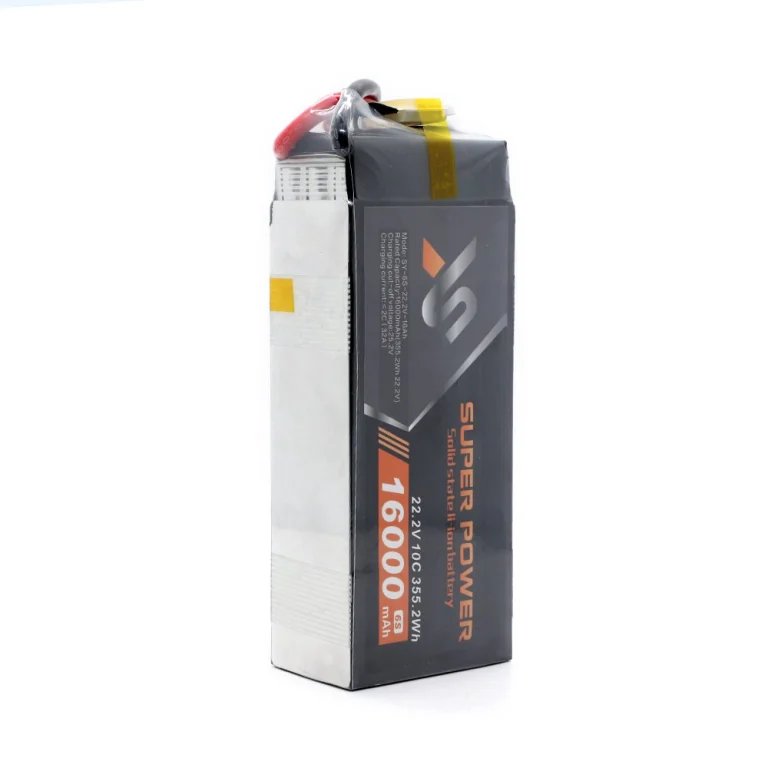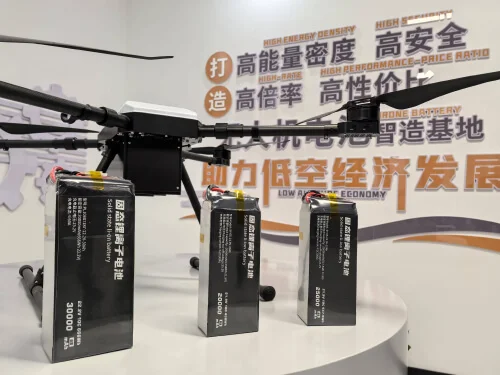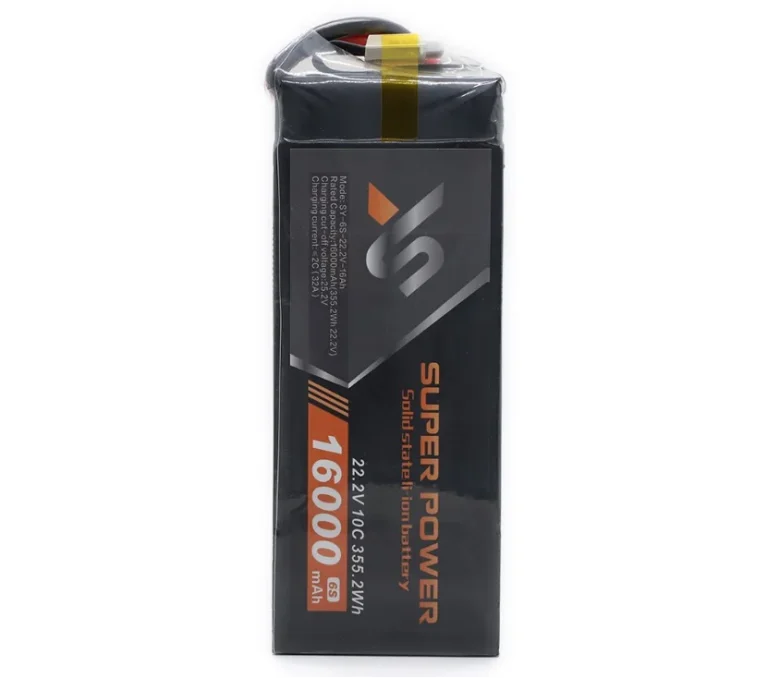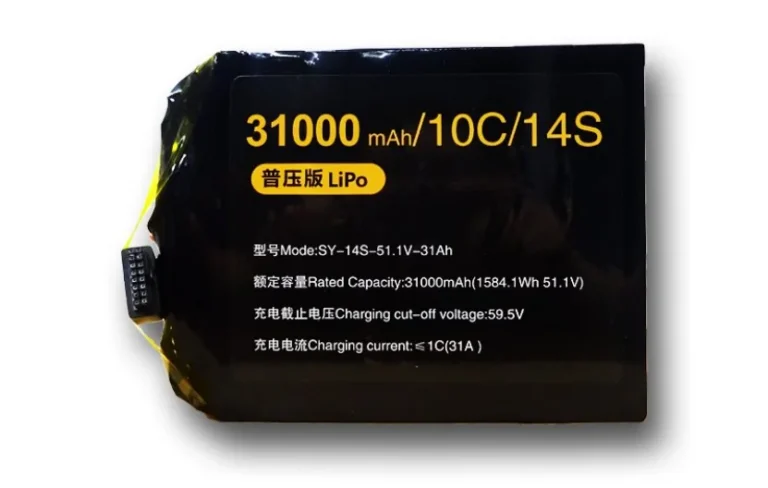The Evolution of UAVs in Agriculture
Early Adoption of Aerial Technology in Farming
Aerial tech shook up farming big time. At first, folks used manned planes to check huge fields. It helped spot trouble spots. But it cost a ton. It wasn’t super exact either. Still, it paved the way for unmanned aerial vehicles, or UAVs. These drones flipped farming on its head. They’re cheaper, sharper, and handy for all sorts of tasks.
Milestones in the Development of Agricultural Drones
Drones started simple. Early ones were remote-controlled with basic cameras. Tech got better fast. Soon, drones could spray crops or map dirt. High-res cameras came next. So did GPS. These made drones must-haves for today’s farmers.
Advancements in UAV Technology for Modern Agriculture
Today’s UAVs pack serious gear. They’ve got multispectral cameras, AI, and machine learning. These let drones check crop health or spot bugs. They can even guess harvests spot-on. High-energy lithium-ion batteries from Taixing Shengya Electronic Technology Co., Ltd. keep them flying longer. They work smarter too.
Applications of UAVs in Precision Agriculture
Crop Monitoring and Health Analysis
Drones with multispectral cameras snap detailed pics. Farmers see how plants are doing. They catch stuff like low nutrients or pests. Real-time info helps make quick calls. This boosts harvests big time.
Soil Analysis and Field Mapping with UAVs
Drones help dig into soil details. They grab images showing dirt types and water levels. This builds clear field maps. Farmers use them to plan watering or feeding right. Fancy drones even plug this data into auto-farming systems.
Precision Spraying for Pesticides and Fertilizers
Spraying is where drones shine. They’ve got sharp nozzles and GPS. They hit crops with exact doses of chemicals or food. This cuts waste. It’s kinder to the earth. Plants get just what they need.
Enhancing Efficiency with UAVs in Agricultural Operations
Improving Planting and Seeding Techniques Using Drones
Drones can plant seeds now. They drop them in perfect spots. It saves hours. It spreads seeds evenly too. That means better sprouting and growth.
Optimizing Irrigation Management Through UAV Data
Drones snap sky-high shots. Farmers spot dry or soggy patches. This guides watering plans. It saves water. It keeps soil just right for crops.
Yield Prediction and Resource Allocation
AI drones guess harvests. They look at plant health and growth. This helps farmers plan smart. They use labor, water, and food better. Nothing goes to waste.
Challenges and Considerations in Implementing UAVs in Agriculture
Regulatory Requirements for Drone Usage in Farming
Flying drones in farming isn’t free and easy. There are rules to follow. Farmers need permits to buzz over fields. Laws differ by country. You might need a license. Drones must be registered. There are limits on height and no-fly zones. Data privacy matters too. For small farmers, these rules feel heavy. They can scare folks off from using drones.
Addressing Limitations of Current Drone Technologies
Drones aren’t perfect yet. Battery life is a big hurdle. They don’t fly long enough. High-energy lithium-ion batteries from Taixing Shengya Electronic Technology Co., Ltd. help. But more work is needed. Weather’s another issue. Strong winds or rain mess drones up. They can’t always fly when crops need them.
Sensors aren’t foolproof either. Multispectral cameras and GPS give great data. But they need tuning and care. Getting them to work right takes know-how. Not every farmer has that skill.
Cost Implications and Accessibility for Farmers
Drones cost a pretty penny. Top ones with cool sensors run thousands. Small farmers can’t always swing it. Then there’s upkeep. Software updates and training add up. Subsidies could ease the pain. But they’re rare in many places. Without help, only big farms might afford drones.
The Future Potential of UAVs in the Agricultural Field
Innovations in Autonomous Drone Systems for Farming Tasks
Drones are headed toward full auto mode. They’ll handle tough jobs with barely a nudge. AI and machine learning will drive them. Picture a drone spotting pests in one pass. It could spray a fix right then. No human needed.
Swarm tech is coming too. Groups of drones will team up. They’ll cover huge fields fast. This could change how we plant or spray. Less work, more accuracy.
Integration with IoT and Big Data for Enhanced Decision-Making
Drones plus IoT and big data will shake things up. Sensors in fields grab live info. They track dirt moisture, temps, and plant growth. Drones pull it all together. They make big data sets.
This info lets farmers plan better. They can guess harvests closer. They water smarter. They use resources just right. Mixing drone pics with ground data builds pinpoint plans for each field.
Expanding Applications: From Pollination to Security Monitoring
Drones will do more than watch crops. They could help pollinate. Special setups mimic bees. This boosts yields where bugs are scarce. Security’s another gig. Drones with night vision can guard farms. They spot thieves or vandals and ping owners fast.
Disaster help is on the list too. Drones can check flood or storm damage quick. This lets farmers act fast and save more crops.
Frequently Asked Questions
What are the primary challenges of using drones in agriculture?
Rules to follow, high prices, short battery life, and needing tech skills top the list.
How do drones improve decision-making in farming?
They team up with IoT and big data. They give deep looks at soil, crops, and weather for smart choices.
Are there affordable options for small-scale farmers?
Some firms offer cheaper drones or rentals. It helps small farms get in on the action.
Can drones operate under all weather conditions?
Not yet. Rain or wind can ground them. But new tech is working to fix that.
For more on custom drone batteries to boost flight time in farming or firefighting, reach out to Taixing Shengya Electronic Technology Co., Ltd.

